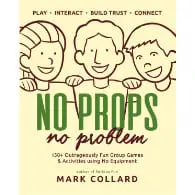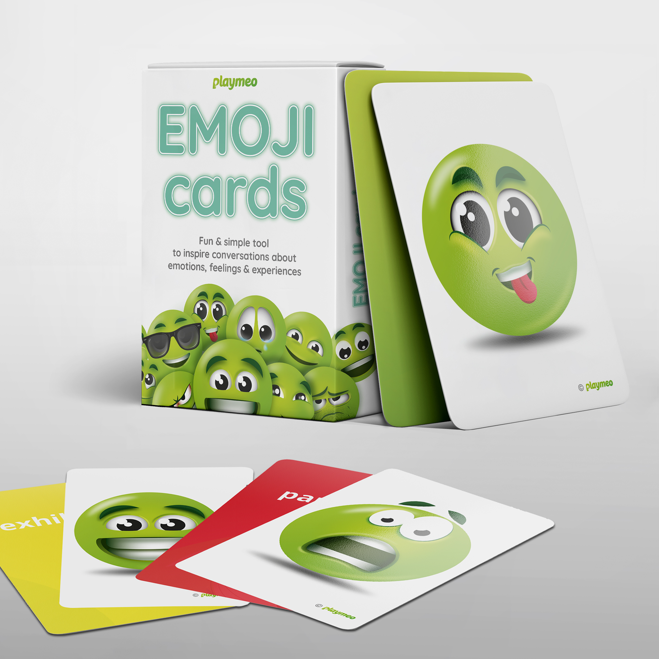Powerful Reflection Matrix: What Does It Look, Sound & Feel Like?
The KISS principle (keep it simple, stupid) suggests that most systems work best if they are kept simple rather than made complicated; therefore, simplicity should be one of the most important parameters embedded in the design of anything.
The three-step reflection model of What? So What, Now What? is a great example of taking what can sometimes be a complicated process into three simple steps.
Another area of my work as a group facilitator in which I have embraced the KISS principle is the process of how our groups identify and measure their success.
For example, I like to adopt the three-tier reflection matrix of what it looks like, sounds like and feels like.
What Does It Look, Sound & Feel Like?
When discussing or reflecting upon a group’s process, results or aspirations, I often invite my group to tell me specifically what did or does this look, sound and feel like.
This matrix is simple yet powerful because it adds something tangible to the conversation.
That is, when I can see, hear, and feel what is being discussed, I am more likely to grasp it more powerfully than using generalisations.
For example, when I hear someone respond with something like “I think we suck at communication” it’s hard to understand what this means. I could ask for an example of what this means (and this is okay,) but it’s even better if I frame my response with “Tell me what it looked like, sounded like or felt like.”
In this case, they could provide specific examples to help me understand how they concluded how much their communication sucked. Perhaps they could refine their assessment by reflecting upon these specific examples.
The key is the evidence. Describe the evidence to support your sharing.
You, and your groups, will always be more successful if they can back up what they are saying with evidence, something tangle such as what it looks, sounds and feels like.

Unlock playmeo FREE for 7 Days
Never be short of activity ideas again. Sign-up today. Upgrade or cancel at any time.
A Pathway to Achieving One’s Goals
As the saying goes, how do you know if you have achieved your goals if you don’t know what they look like?
With this in mind, I like to challenge groups engaging in some form of goal-setting process to describe very specifically exactly what success looks, sounds and feels like.
Take, for example, the case of a coaching client who wants to improve their facilitation skills. This is a worthy goal, but without specifics, it would be nigh impossible to know if they achieved their ambitions at the end of our time together.
To this end, I will always ask my coaching clients to describe exactly what success will look like, sound like and feel like at the end, to know that they have achieved their goals. They could say something like:
- It will look like them standing in front of a new group with a smile on their face, leading a series of group games for the first time; and
- It will sound like their inner voice saying, “I can do this;” and
- It will feel like confidence oozing out of every pore of their body.
Can you see, hear and feel the difference?
Improving one’s facilitation skills is one thing, but GETTING the results of what they describe above is a whole other level.
This is the game I want my groups to play.
How about you?













thaaaaanks for this, mark!
verrrrry quickly – to me, this feels, looks and sounds like a funn matrix.
smiiiiile.
alsooo – in my experience, how everyone in the group experiences getting the desired (individual and shared/group/team) results depends on personal and environmental circumstances. in harm reduction work, we call this set (personal) and setting (environmental). we could also use this framework to examine what happened, what insights came up and what we can do so that we can apply what we learned,,,,,
Thanks JeWElle. The framework you describe sounds a lot like a version of the What? So What? Now What? reflection model I use.
yezzzzz. followed your lead, sir. (“,)